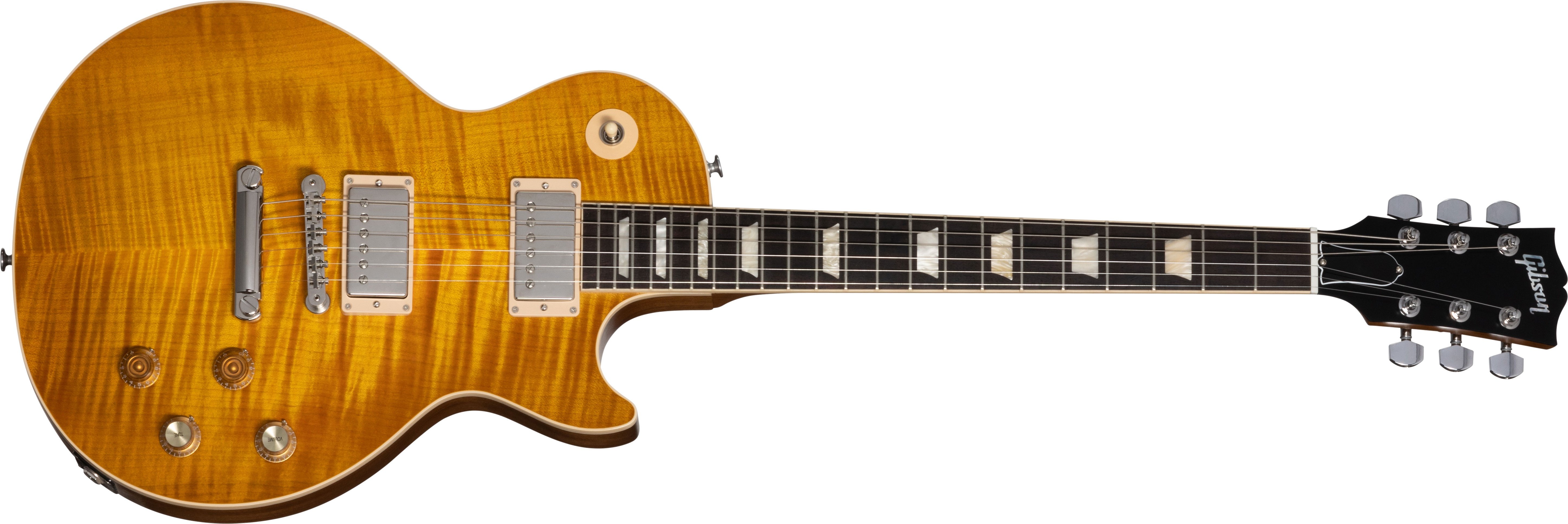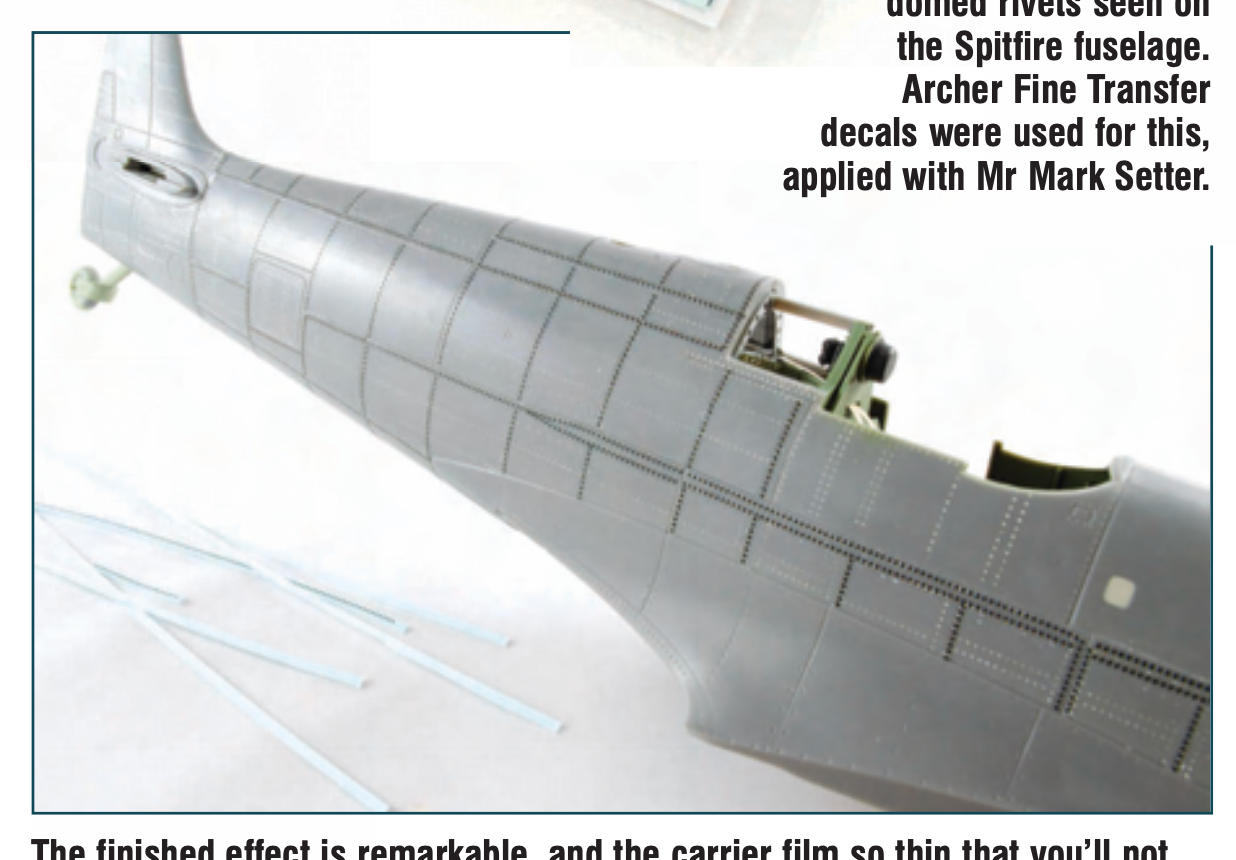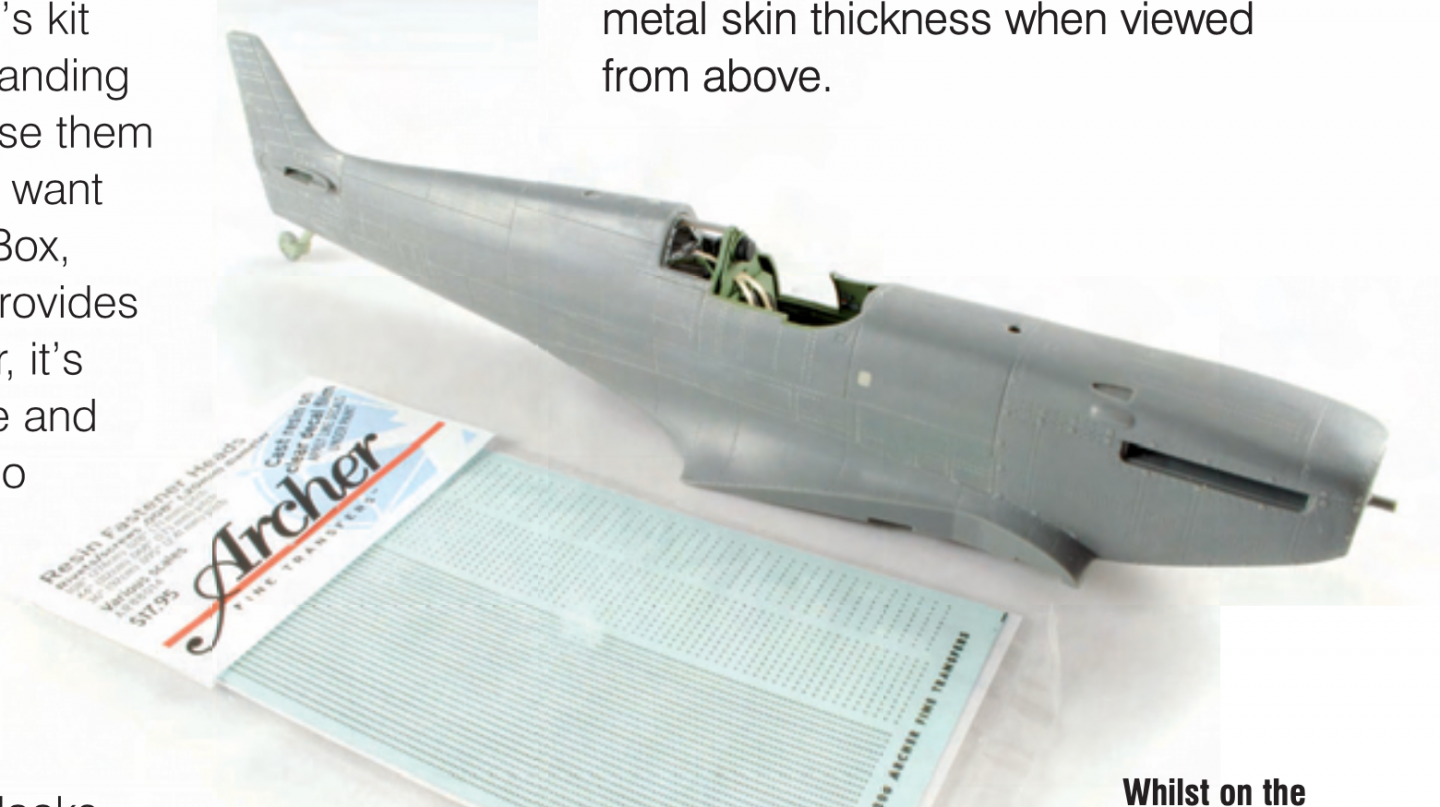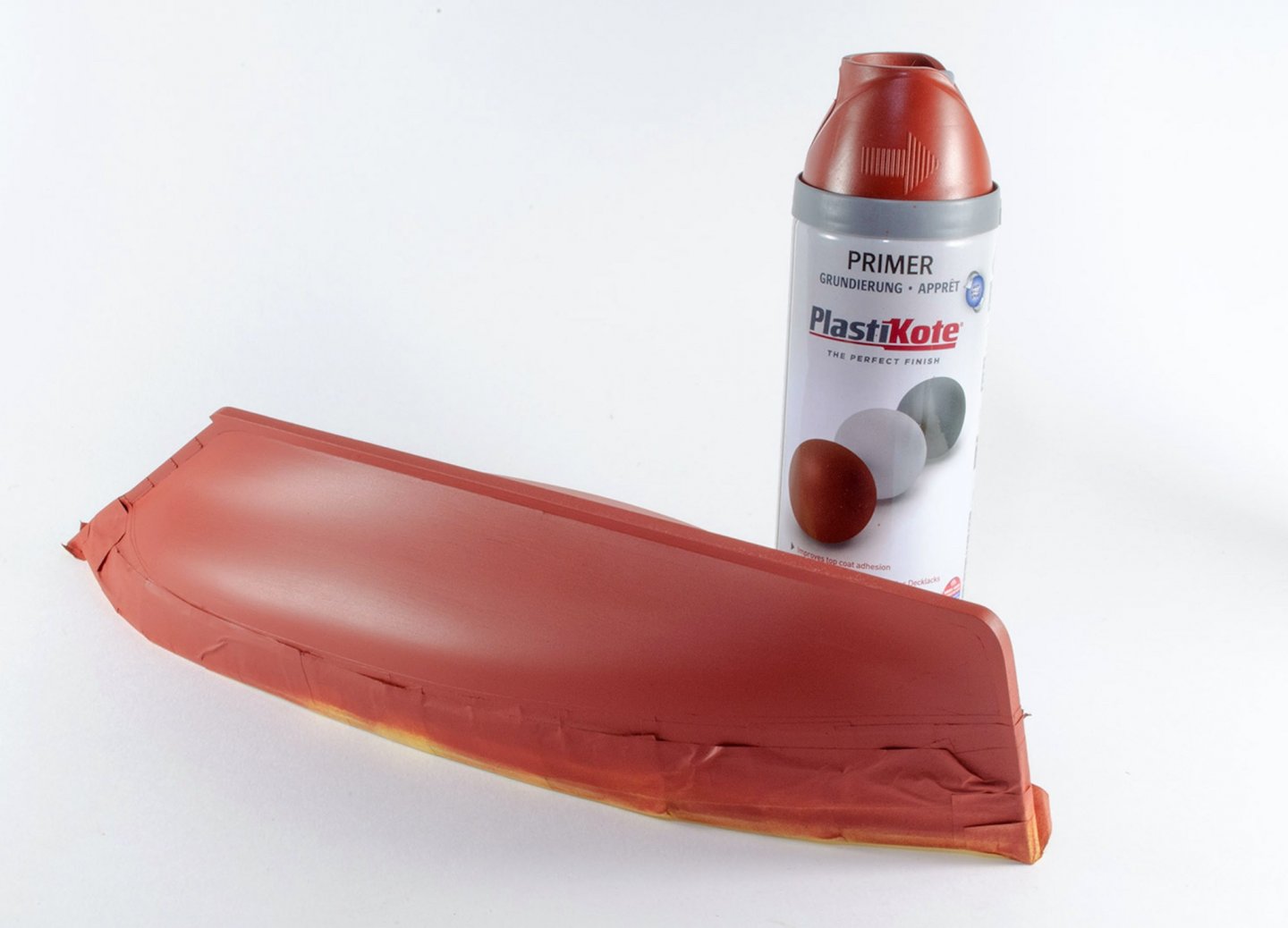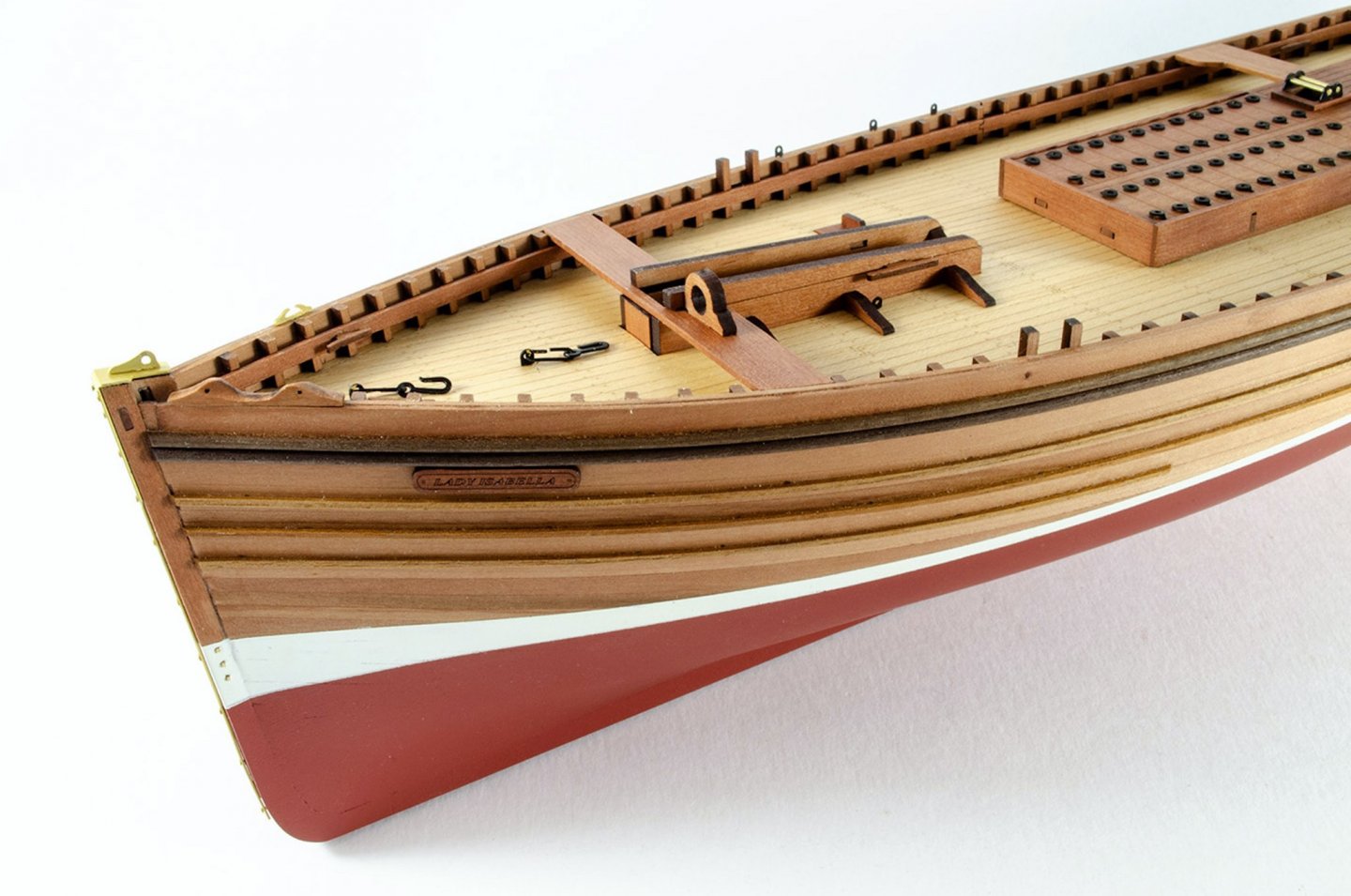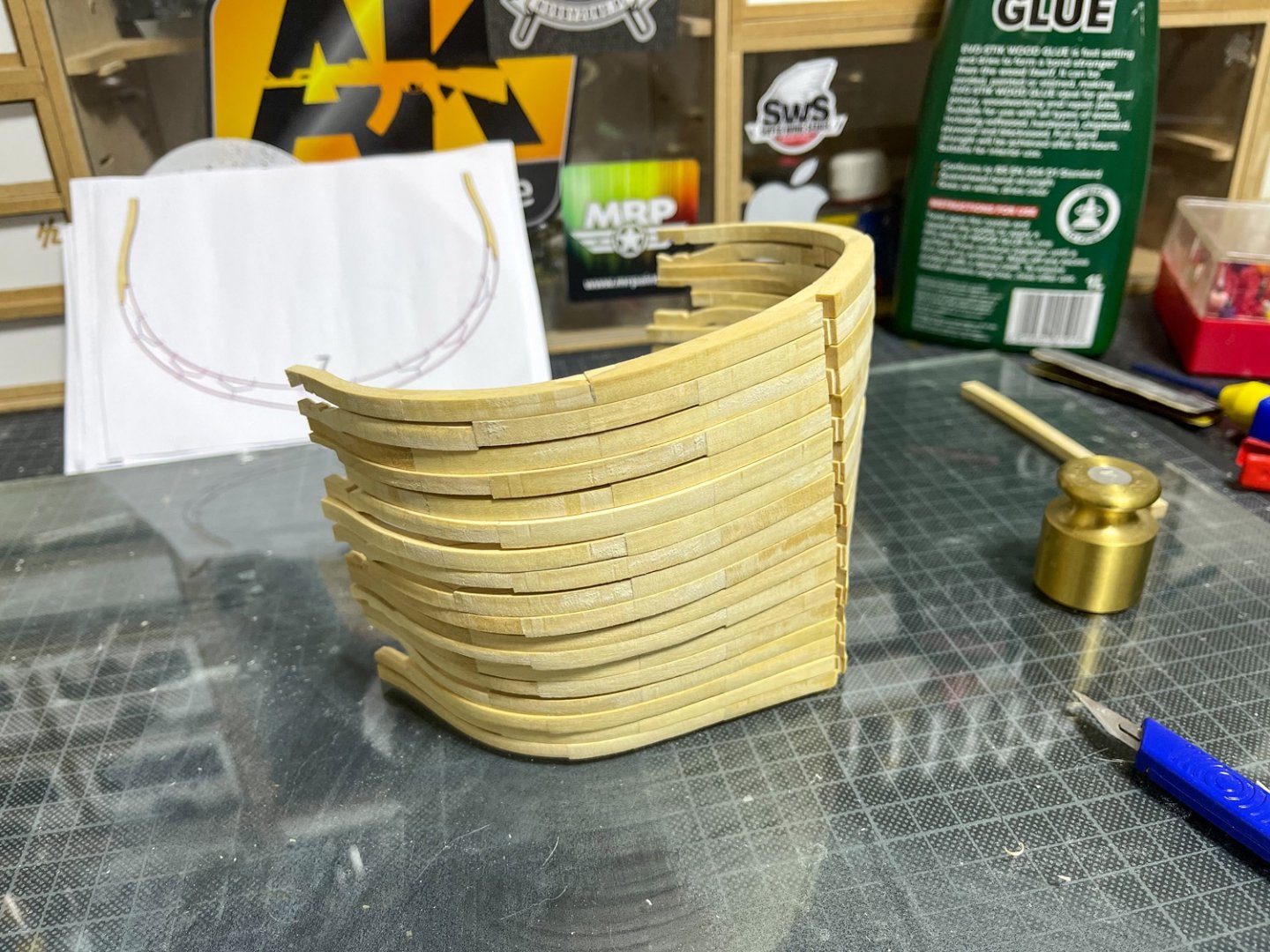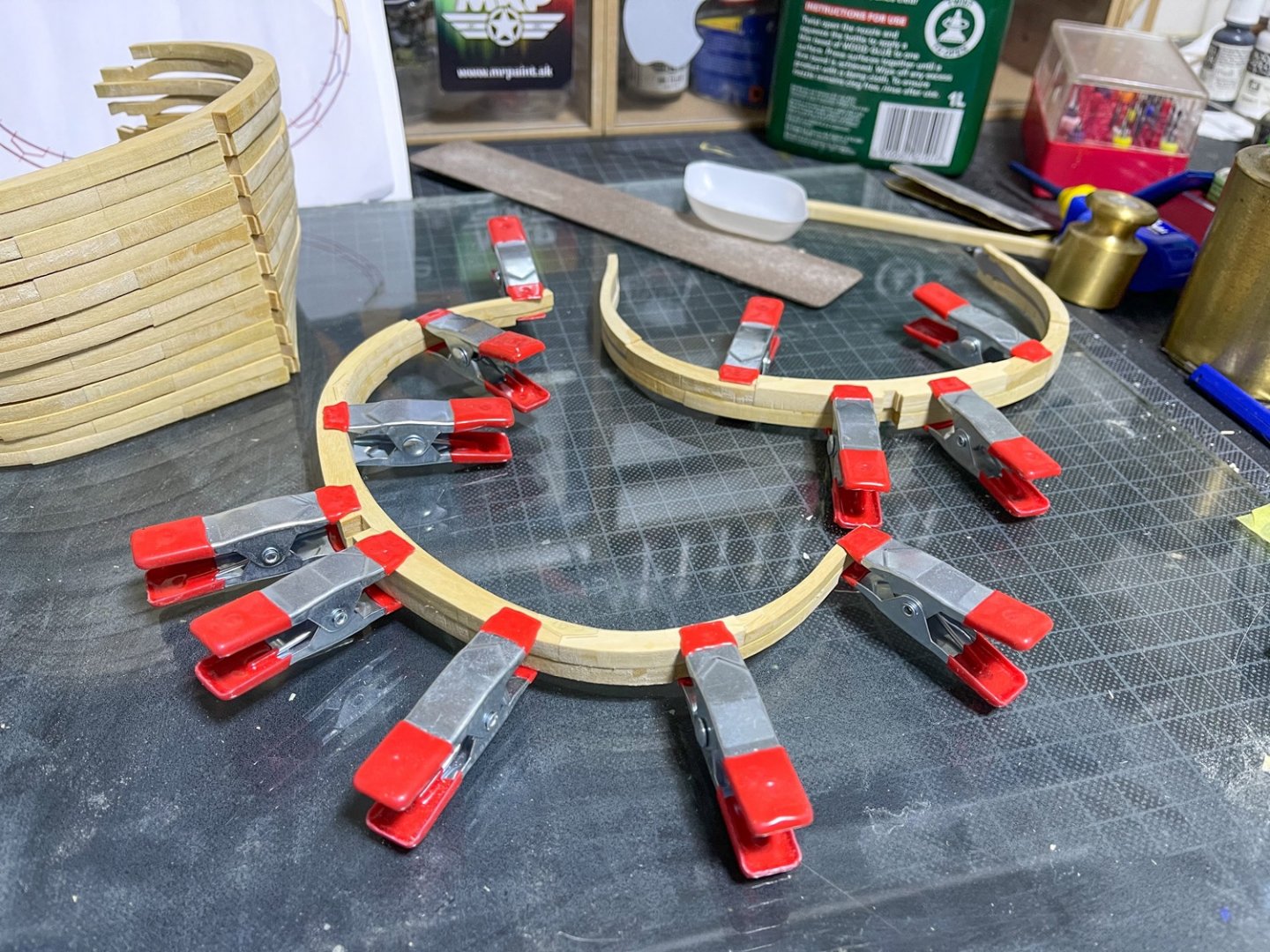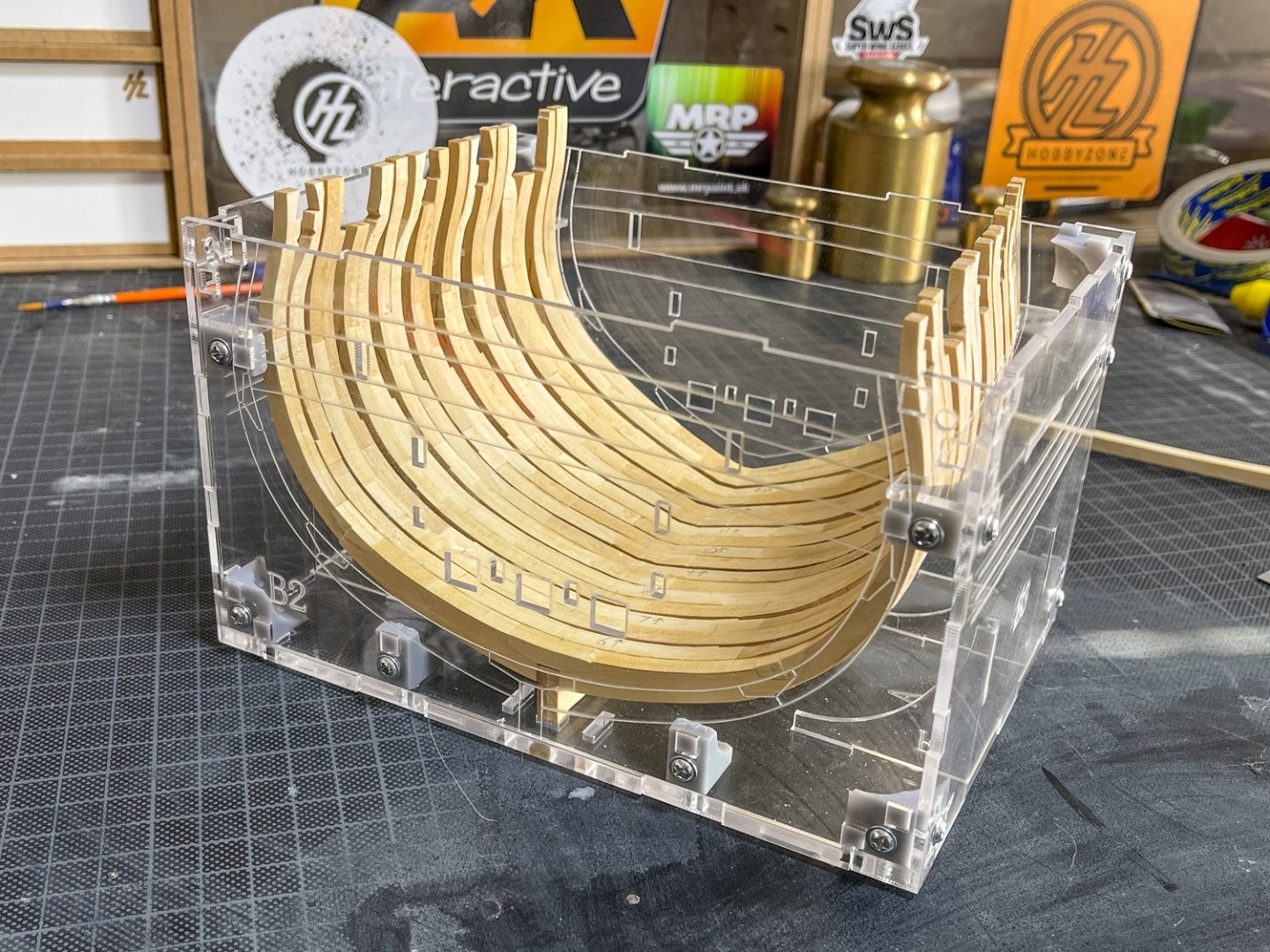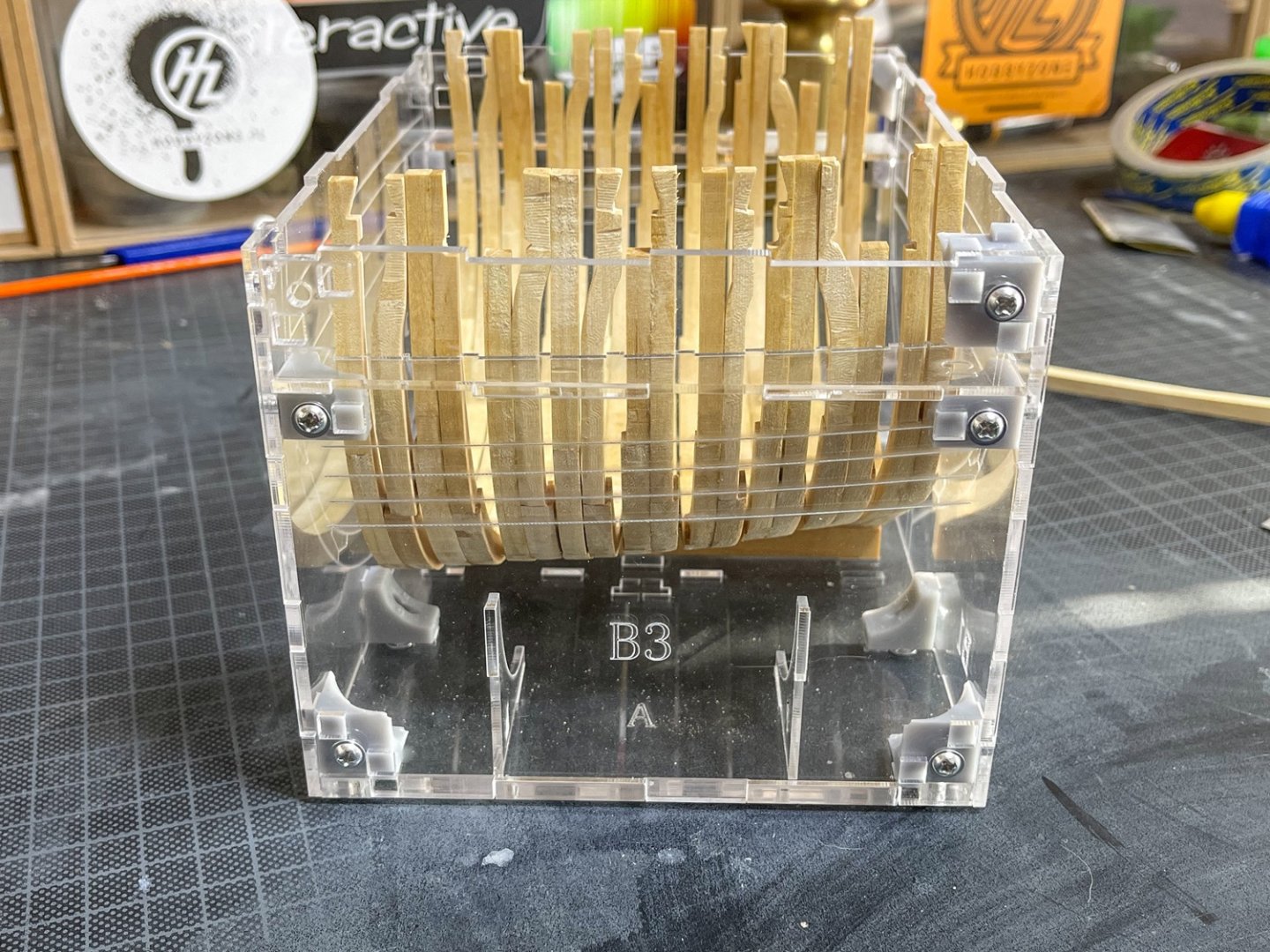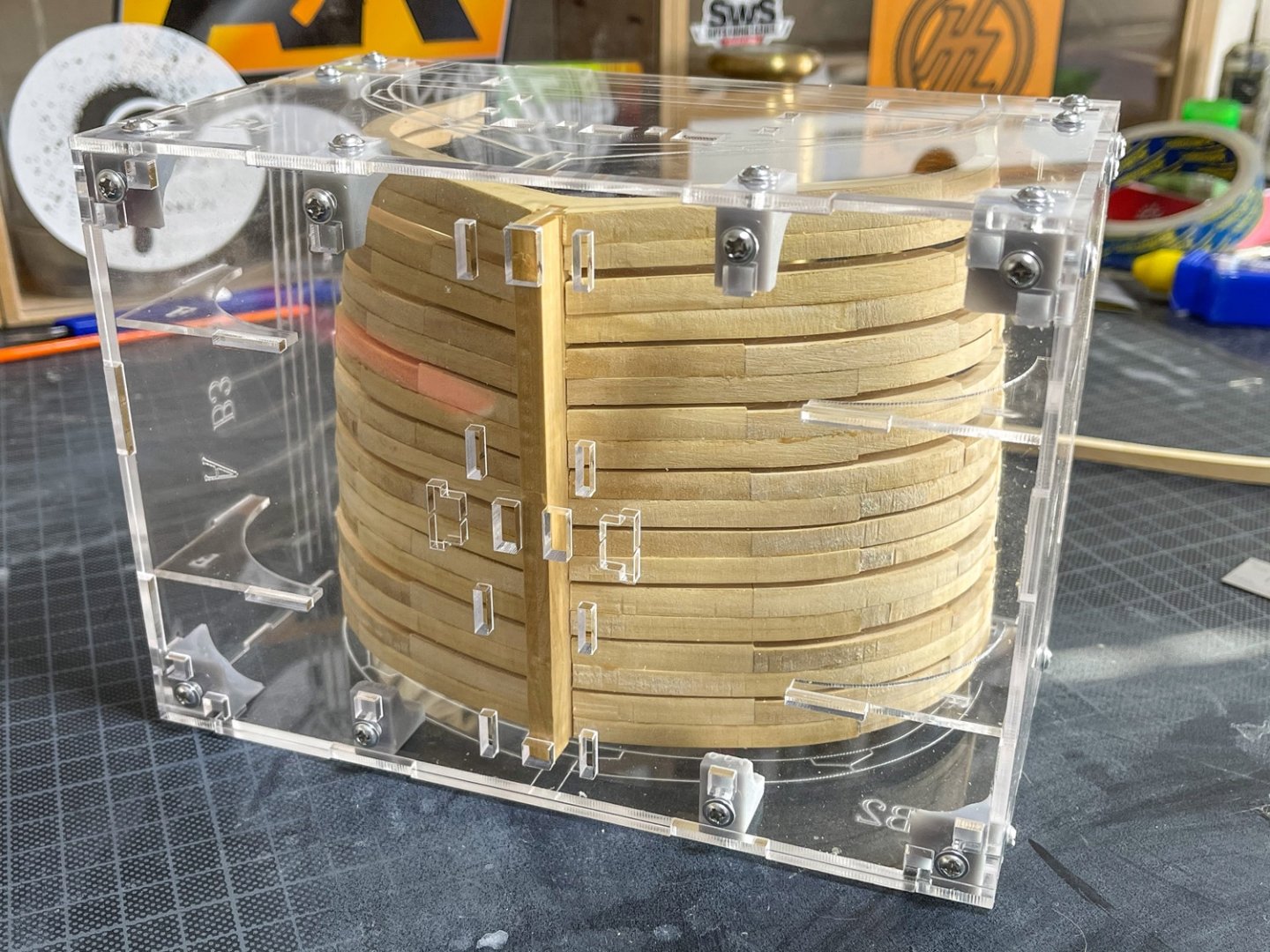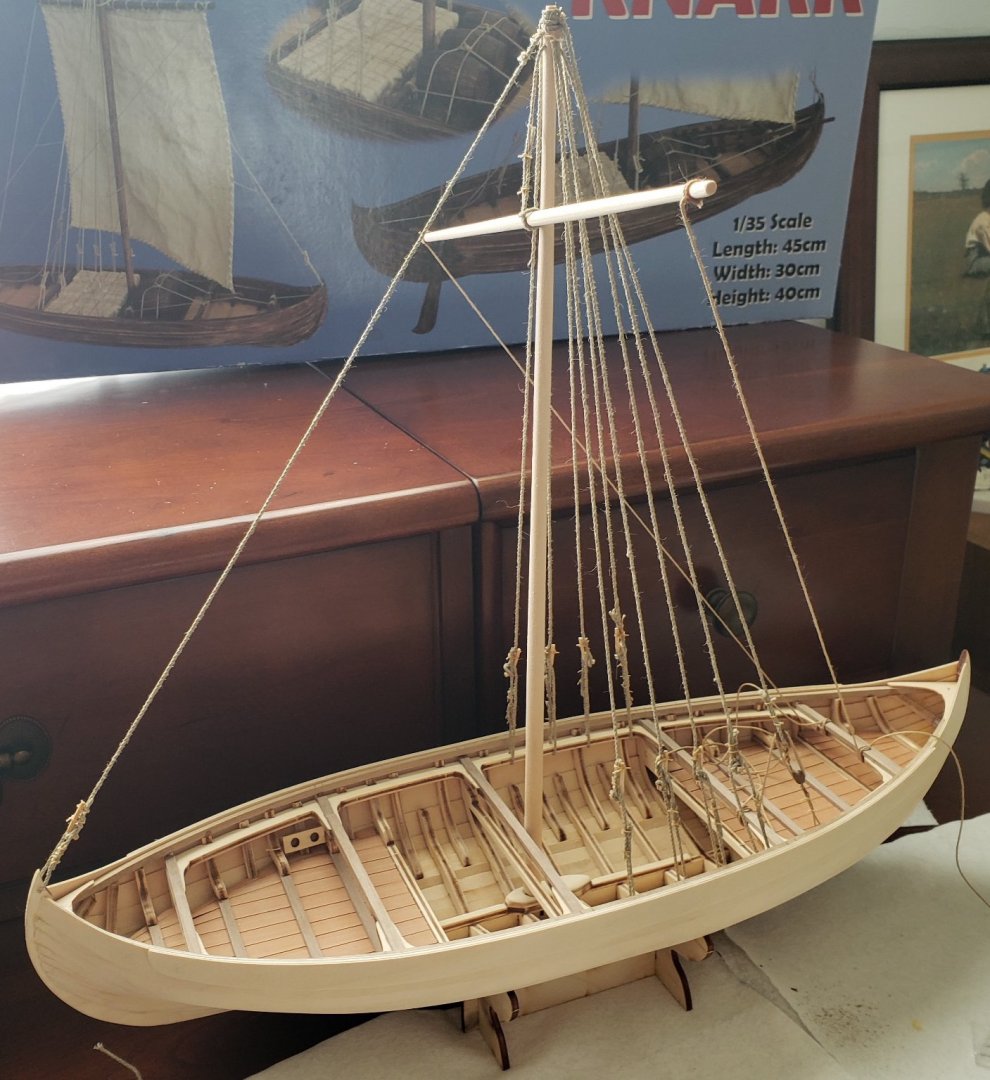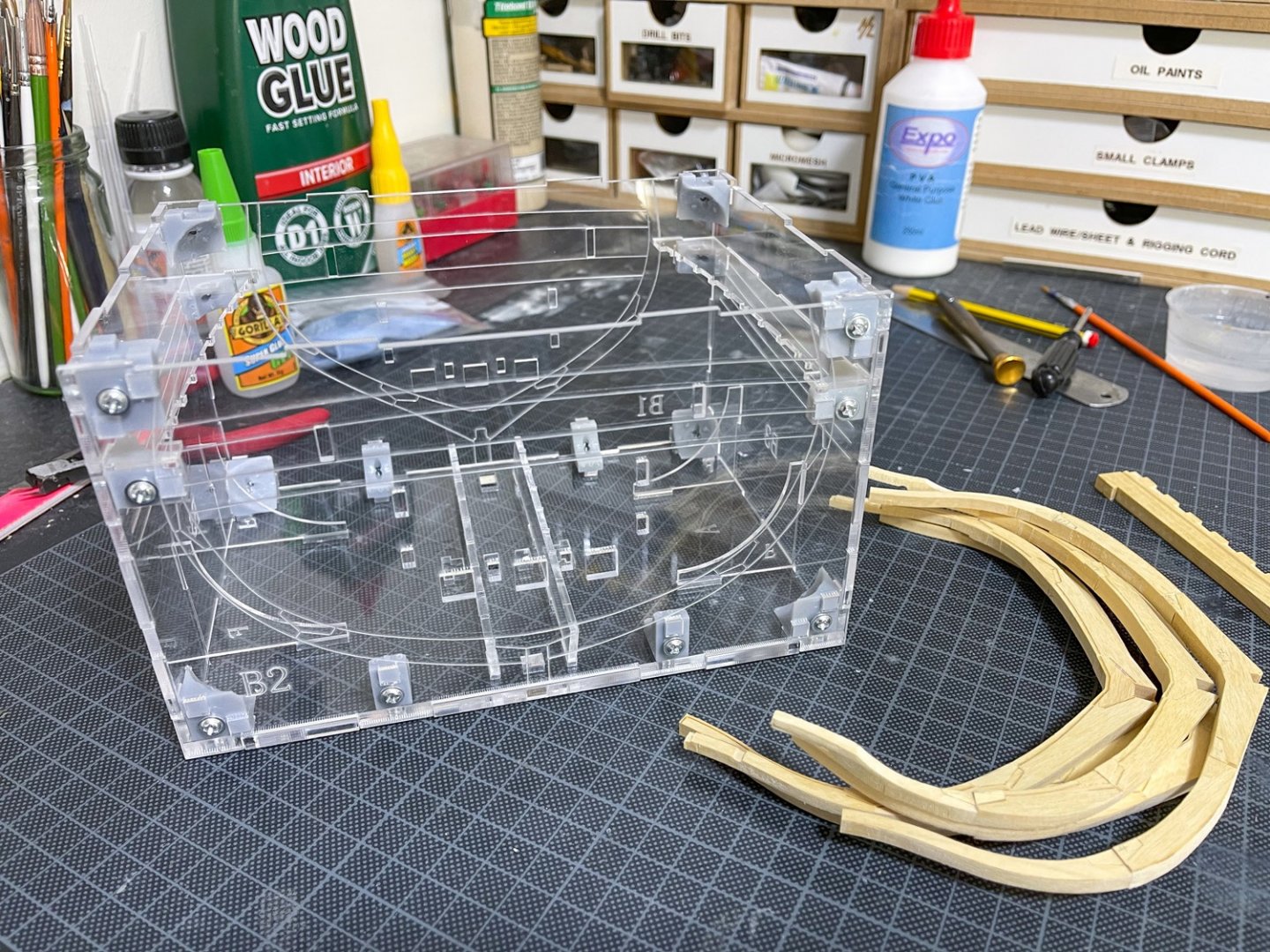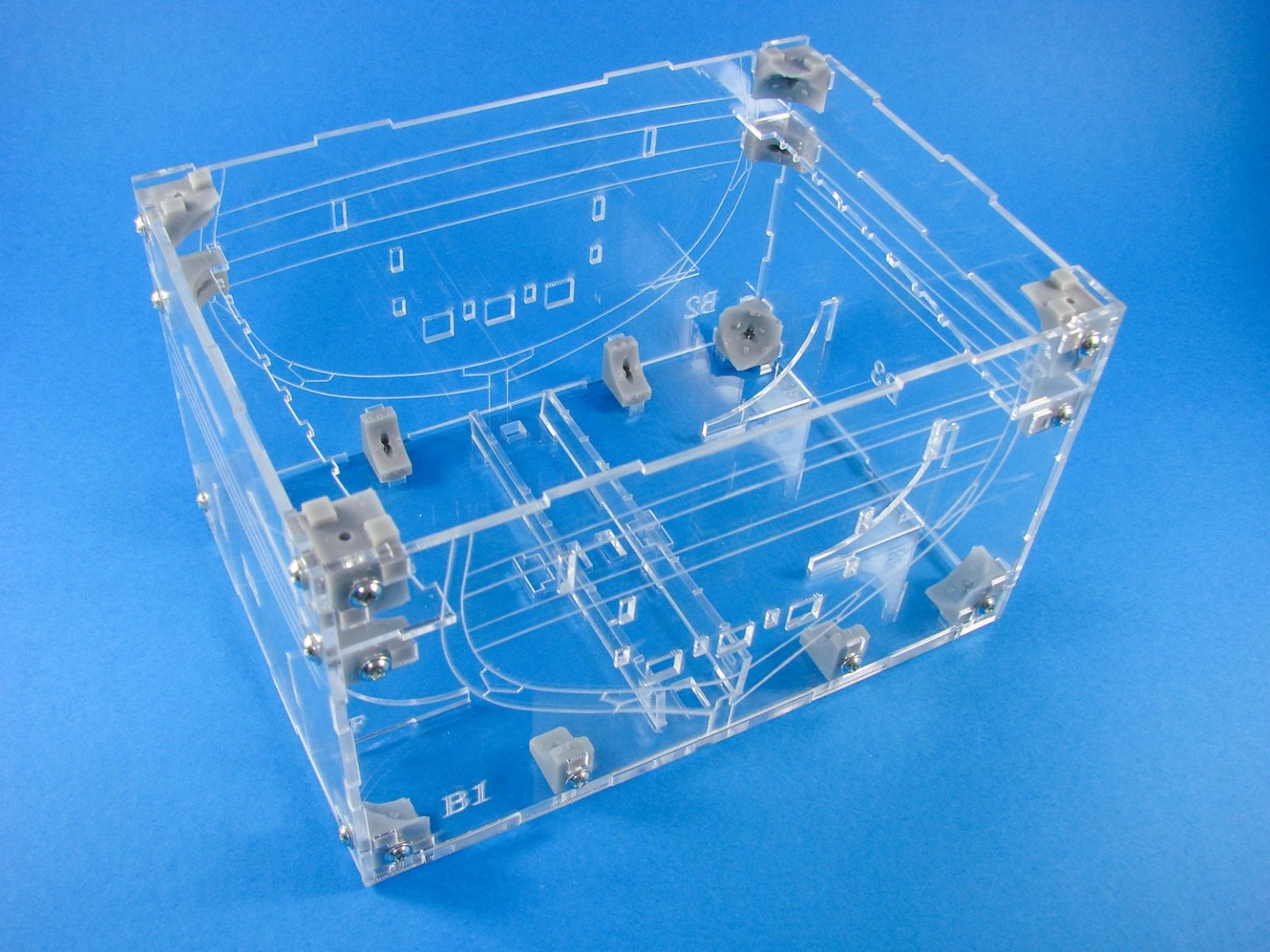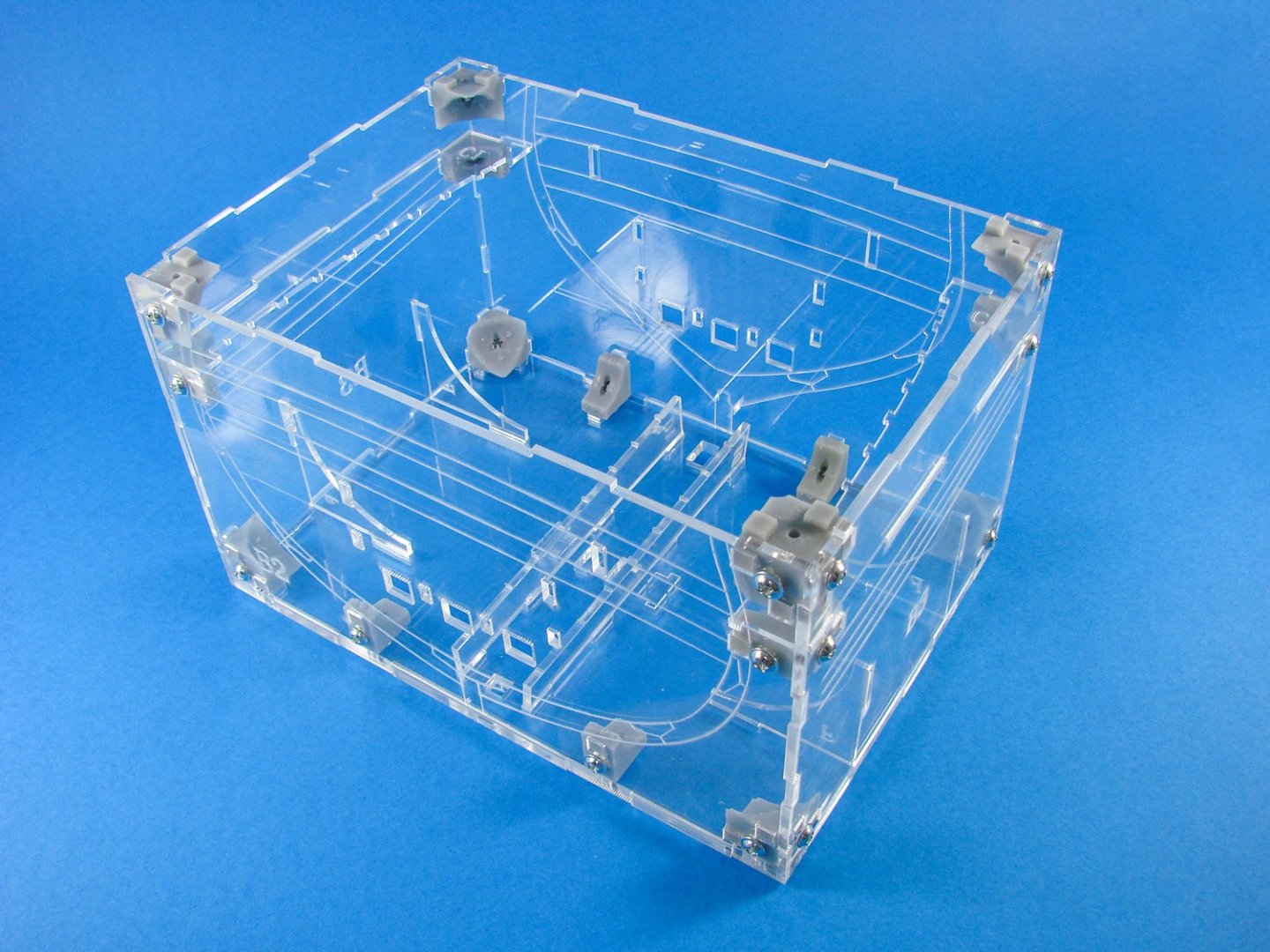-
Posts
6,062 -
Joined
-
Last visited
Content Type
Profiles
Forums
Gallery
Events
Everything posted by James H
-
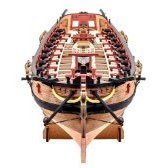
1:8 1965 Shelby Cobra 427 S/C - Agora Models
James H replied to James H's topic in Non-ship/categorised builds
STAGE 40: FRONT FENDER LINERS & AIRFLOW INTAKE PANEL Two screws hold each fender liner to the silver floor base sections, and another screw holds each to the metal chassis making everything very rigid. The car is then flipped over and the airflow intake panel in place before flipping over the correct way and adding two final screws. As I have Pack 6, I'll post this real soon, and it looks another wonderful project! -

1:8 1965 Shelby Cobra 427 S/C - Agora Models
James H replied to James H's topic in Non-ship/categorised builds
STAGE 38 and 39: FRONT LEFT/RIGHT CONTROL ARMS It's now the turn of the front suspension to be completed so the front wheels can be fitted. Again, pins are used throughout to hold everything together while allowing the various joints to move about. The wheel can now be slipped onto the connecting rod, and then a serrated pin used to lock the rod to the control arm. This was done for both left and right wheels. -

1:8 1965 Shelby Cobra 427 S/C - Agora Models
James H replied to James H's topic in Non-ship/categorised builds
STAGE 34, 35, 37 and 37 (WHEELS!) These built up exactly as the front wheels, just four screws per rim. You definitely need to soak those tyres in just-boiled water for 5 mins to make it pliable enough to pull around the rim. The fit is superb! Both rear wheels are built over these stages. A single screw is now used to fit the wheels to the rear of the car. These were done one after the other so I wasn't putting any stresses on anything for too long. When attaching the wheels, the fins on the brake unit need to fit into the slots in the rear rim. -

1:8 1965 Shelby Cobra 427 S/C - Agora Models
James H replied to James H's topic in Non-ship/categorised builds
STAGE 33: REAR FLOOR PANEL The rear floor panel drops into place as shown and is secured by six screws. Two of these secure the floating driveshaft bracket securely in place giving that area some needed rigidity. -

1:8 1965 Shelby Cobra 427 S/C - Agora Models
James H replied to James H's topic in Non-ship/categorised builds
PACK 5 I have to say Pack 5 went together very quickly and was a very satisfying project. For me, this one is miles ahead of the beautiful GT500 I'm also building due to all the metal parts and general construction. STAGE 32: REAR RIGHT LOWER CONTROL ARM In this stage, we can continue with the suspension stuff that was built in the last pack, and tie some of those literal loose ends up. All of the parts in this are held together with serrated end pins that are pushed home with pointed pliers. The wheel hub built in the last pack can also now be attached. -

1:8 1965 Shelby Cobra 427 S/C - Agora Models
James H replied to James H's topic in Non-ship/categorised builds
https://www.agoramodels.com -

Rivets?
James H replied to Nirvana's topic in Painting, finishing and weathering products and techniques
Archer rivet decals are great. Use a decal setting solution for the best results as they help the 3D glue dot adhesive really grip the surface. From my Spitfire book: -
I think so. All I've done is the very basic bevelling with the laser lines, leaving some room to play. Where I've been a little tighter to those lines is where they snug up next to the angled template that guides the upper sides. I faired the inside of the hull inside the jig, then stripped the jig to clean it. As soon as the interior of the hull is all built, that is when I'll then fair the exterior.
- 16 replies
-
Well that sure looks fine to me For that red, what about Plastikote's aerosol? https://smile.amazon.co.uk/Plasti-kote-25002-400ml-Primer-Oxide/ This is what I used on the undersides of my Fifie and Zulu:
- 54 replies
-
I built up each individual frame with chocks, as per plan, then roughly bevelled up to the laser engraving marks on each (external and internal bevel). Each A and B was then glued together and sat into jig on keel (no glue) where I'm currently sanding the interior to smooth it out more. When that's done, I'll remove the double frames and give a proper sanded internal finish and fit 'nails' to the chocks. Then I'll add poly to the side faces of each, then glue to keel and start to fit out the interior. Well...that's my plan. I've never done a POF before.
-

kit review 1:48 HMS Granado ‘Cross Section’
James H replied to James H's topic in REVIEWS: Model kits
A QUICK CALL FOR THOSE WHO ASKED FOR THE GROUP PROJECT: Please can you post at least the start of a build log on our group project area? It's lonely out in space! https://modelshipworld.com/forum/168-build-logs-for-the-caf-granado-cross-mid-section/ -
Another short update. With both halves of the double frames assembled and joining faces cleaned up, an internal bevel was applied using the laser guideline as an indicator. The chocks were also stepped where they lay across a thinner futtock. I only used the bevel lines as a rough guide as the laser markings seemed to be in a slightly different position on some opposite frame parts. I cracked the Titebond out and carefully aligned the double frame parts, using the plastic spacers on the frames that required them. The slight traces of the bevel line remnants were also used as a guide to help align the double frames. When all double frames were dry, they were given a test fit into the jig. As I found they needed only minor fettling, I left them in so I could use the alignment to fair the inside frames with some sandpaper and smooth things more.
- 16 replies
-
- 48 replies
-
- dusek
- viking knarr
-
(and 1 more)
Tagged with:
-
Thanks for that. So you use satin? Have you a photo of exactly what you are using? Sounds silly, but I presume you literally just wipe a thin layer over the timber? I have a bottle of this. I presume it's suitable? https://smile.amazon.co.uk/Bartoline-19925070-750ml-Spirit-White/dp/B005EFUSQW/ref=sr_1_2?dchild=1&keywords=bartoline+white+spirit&qid=1614275375&s=diy&sr=1-2 I'll do a search for that topic.
-
Can anyone help with an alternative to Minwax Wipe-on poly, in the UK? There is some Minwax on Amazon, but I'm loathe to spending around £30 for a tin of something that I don't know is as good. I'm using this for the Granado section and still need to be able to glue once applied. I definitely need 'tried and tested' 🤣 Jim
-
Nobody said you were excluded. That's your own extrapolation. Maybe the reason you also didn't post here was you couldn't log in for months after successive failed login attempts and lockouts. If you'd contacted via the form, I could've fixed that immediately for you, but never mind. Posting on SOS does not preclude your ability to post here. We have lots of dual members, and no one even suggested you were building/bought a Chinese kit. Where did that come from? Someone only mentioned that SOS is a harbour for those who want to build them. I do agree about the doorknob on the backside comment. That was uncalled for. If you ever want to post any further work here, then feel free. No one is stopping you. You might also get more interaction on your own log if you venture outside of it and comment on others too. Just sayin'.
-
Tonight I managed to finish all the facing surfaces of the 9 double frames, so it's onto internal bevel next before gluing the doubles together and fitting to the keel.
- 16 replies
-
I'm still working away on the frames and have a little more to do on them before I can look at fitting to the keel. In the meantime, I built the acrylic jig. I'm aware that some panels may need to be removed to fit frames in etc. The jig will only really built one way because of length and positions of slots, so don't fear getting anything wrong on this. One tip I do have is to slightly open up the holes in the plastic fixing blocks. I think I used a 3mm drill, but it's simple enough to fathom. Another reason for this is that the blocks seem to be 3D printed (not regular plastic/resin) and they are slightly brittle. If you don't open them up, they are liable to break. Even opening them up, some still fractured at the surface when fully tightened. Just be careful.
- 16 replies
-
I don't want to seem disrespectful guys, but articles would be no good if everyone just posted links to alternative items. This review focuses on the merits/demerits of the Artscale razor saw. Can we focus on that please? If we just have a free for all, then we are less likely to see companies want to have their releases checked over here.
-
Glad to see you're keeping busy, but more so to see you back here. Looking forward to your update on the vaporetto.
- 54 replies
About us
Modelshipworld - Advancing Ship Modeling through Research
SSL Secured
Your security is important for us so this Website is SSL-Secured
NRG Mailing Address
Nautical Research Guild
237 South Lincoln Street
Westmont IL, 60559-1917
Model Ship World ® and the MSW logo are Registered Trademarks, and belong to the Nautical Research Guild (United States Patent and Trademark Office: No. 6,929,264 & No. 6,929,274, registered Dec. 20, 2022)
Helpful Links
About the NRG
If you enjoy building ship models that are historically accurate as well as beautiful, then The Nautical Research Guild (NRG) is just right for you.
The Guild is a non-profit educational organization whose mission is to “Advance Ship Modeling Through Research”. We provide support to our members in their efforts to raise the quality of their model ships.
The Nautical Research Guild has published our world-renowned quarterly magazine, The Nautical Research Journal, since 1955. The pages of the Journal are full of articles by accomplished ship modelers who show you how they create those exquisite details on their models, and by maritime historians who show you the correct details to build. The Journal is available in both print and digital editions. Go to the NRG web site (www.thenrg.org) to download a complimentary digital copy of the Journal. The NRG also publishes plan sets, books and compilations of back issues of the Journal and the former Ships in Scale and Model Ship Builder magazines.

